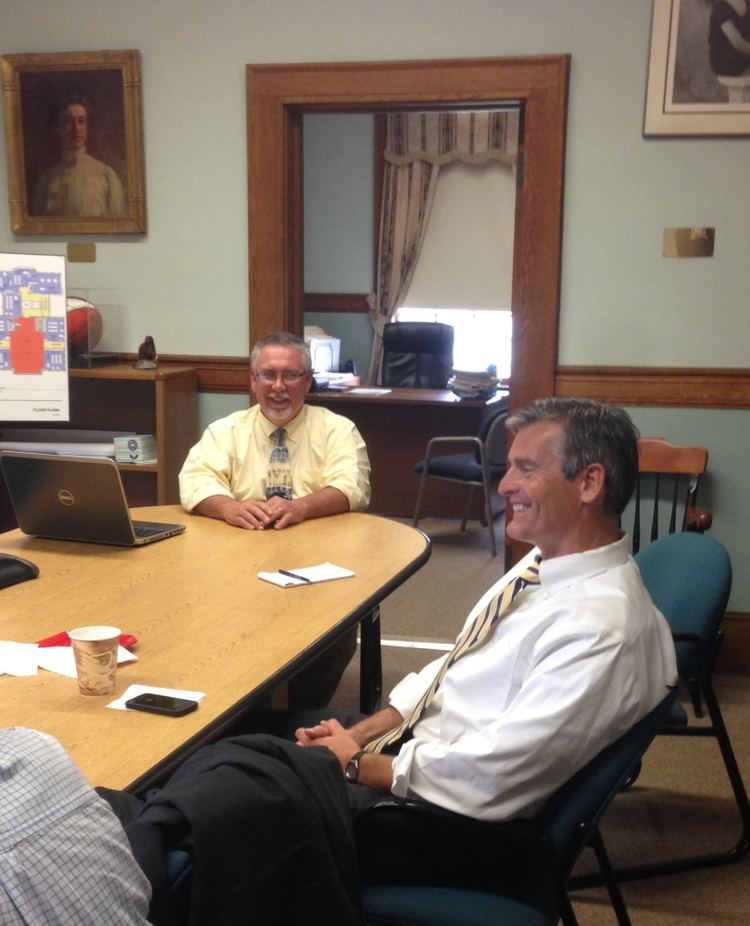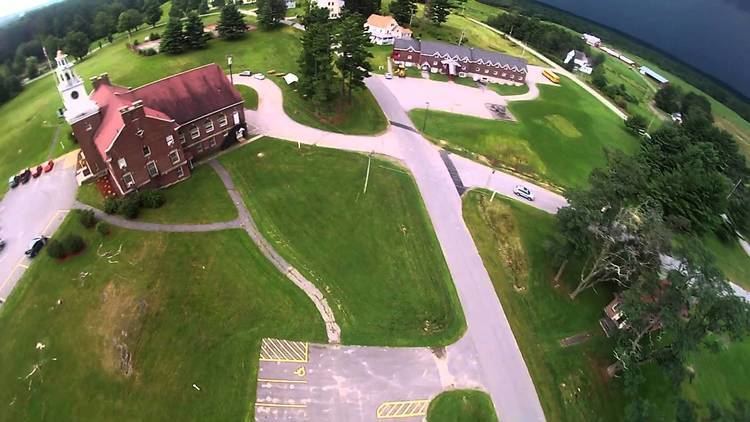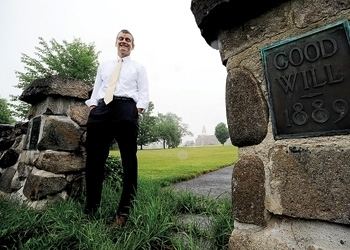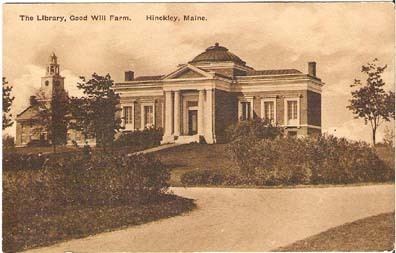NRHP Reference # 87000232 Year built 1899 | Area 212 ha Added to NRHP 9 January 1987 | |
Location US 201, Hinckley, Maine Similar Maine Heritage Policy Ce, Pejepscot Historical Society, New England Music Ca, Erskine Academy, Unity College | ||
Good Will-Hinckley is a charitable organization in Fairfield, Maine. Organized in 1889 by George W. Hinckley, the membership-driven organization is dedicated to providing assistance to indigent and troubled families. It has a campus of more than 1,800 acres (730 ha) in Fairfield, on which it operates the Maine Academy of Natural Sciences, a boarding and day school focused on agricultural and outdoor education, and the Glenn Stratton Learning Center, a day treatment school focused on children with social, emotional, and behavioral challenges. It is also home to the L. C. Bates Museum, one of the oldest natural history museums in Maine.
Contents
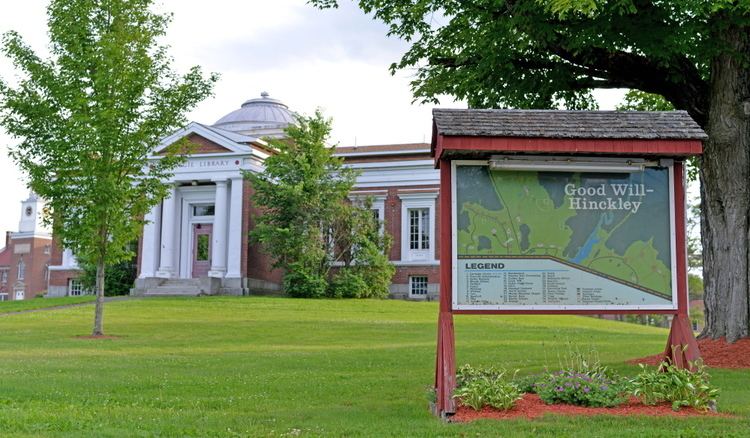
History
The Good Will-Hinckley Home Association was organized in 1889 by George Walter Hinckley, a native of Guilford, Connecticut who trained both for the ministry and as a teacher. As a young man he was impressed by the changes effected in under-privileged and troubled youth when given a suitably nurturing environment, and to this end he established a home on a 125-acre (51 ha) farm in the northeastern part of Fairfield, Maine, a rural community in southern Somerset. Hinckley traveled widely to raise funds for the Good Will School, and had by his death in 1950 grown the campus to 3,000 acres (1,200 ha) and 45 buildings, and served more than 3,000 underprivileged and troubled youth.
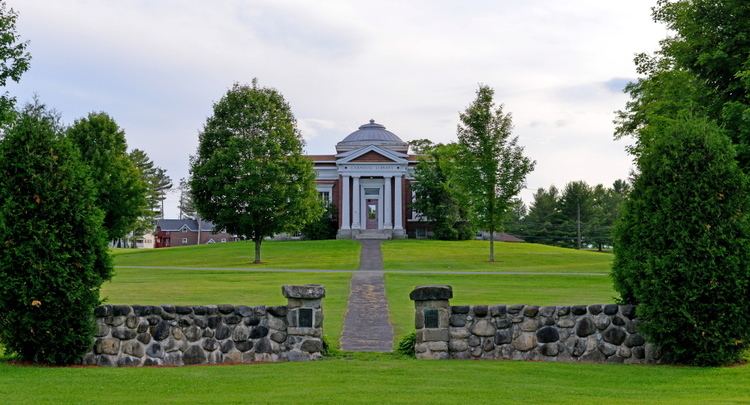
Sometime thereafter the organization, then operating as the Hinckley School, began marketing itself as a college preparatory school, similar to Phillips Exeter Academy and Tabor Academy. The Maine Attorney General sued the organization, which in 1970 was found to be operating outside its chartered purpose, and was given three years to return to that purpose. This was addressed in part by enlarging the organization's charter to include a broader range of educational activities. The school closed its doors in 2009 after state funding for boarding facilities of the sort it provided were reallocated to home-based treatments for at-risk youth, leaving only a day program. The subsequent reorganization consumed part of the organization's endowment and forced the sale of 680 acres (280 ha) of its campus.
Organization
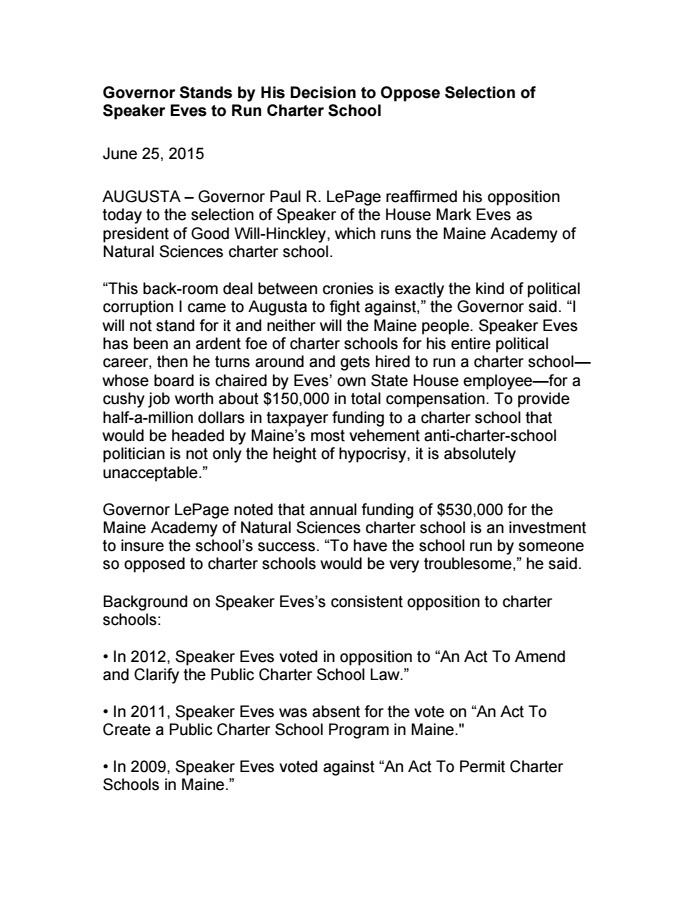
Good Will-Hinckley is the operating name of the Good Will Home Association, a nonprofit member-driven organization dedicated to propagating Hinckley's legacy. The organization operates three major programs from its campus (now just 1,800 acres (730 ha)): The Maine Academy of Natural Sciences, a secondary charter school for students who do not thrive in traditional academic settings, the Glenn Stratton Learning Center, a day treatment center for troubled children, and the L. C. Bates Museum of natural history. The organization provides on-campus housing for students who live too far away, and for those who require an alternative home environment.
Campus
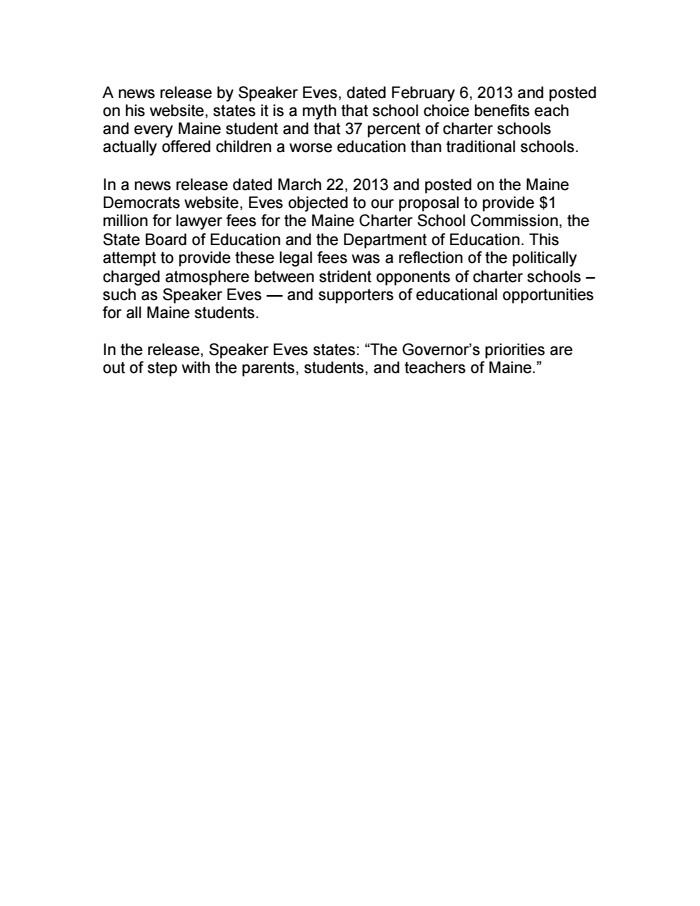
Good Will-Hinckley's campus is located in northeastern Fairfield, on the west side of United States Route 201, on either side of Martin Stream, with what was historically the girls campus on the north side and the boys campus on the south side. The historic core of the campus, some 525 acres (212 ha) that include all of its buildings built between 1889 and 1930, was listed on the National Register of Historic Places in 1987. The campus includes a number of architect-designed residence cottages, spread out along Page Terrace, along with several other architecturally distinguished buildings. The 1897 Moody Chapel was designed by Wilfred E. Mansur of Bangor, Moody Hall (1905–06) was designed by William R. Miller of Lewiston, and the Prescott Administration building (1916) was designed by New York City architect Edward Josselyn. New York architect Albert Randolph Ross designed by 1906-07 Carnegie Library, built with funding support from Andrew Carnegie. Josselyn also designed the 1919 woodworking shop, and Miller was responsible for the Romanesque Revival building housing the L. C. Bates Museum.
